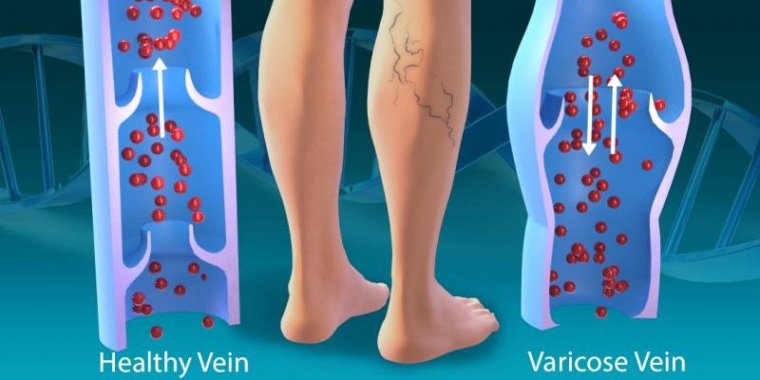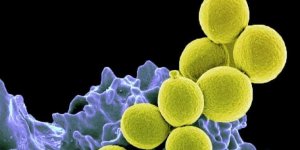| Health / Health News |
Computational study finds genetic links, therapy targets for varicose veins
Scientists at the Department of Energy’s Oak Ridge National Laboratory explored the genetic basis of varicose veins. The team identified 139 locations across the human genome tied to risk factors for the disorder that can guide the development of new treatments.

Computational systems biologists at ORNL worked with the U.S. Department of Veterans Affairs and other institutions to identify 139 locations across the human genome tied to risk factors for varicose veins, marking a first step in the development of new treatments. Photo: Andy Sproles/ORNL, U.S. Dept. of Energy
In the project, led by the Department of Veterans Affairs, ORNL scientists analyzed data from the VA’s Million Veteran Program, or MVP, along with information from four other global biobanks of human health data.
They conducted a genome-wide association study, or GWAS, which uses the genome of a large group to search for small genetic variations linked to particular traits of the group — in this case the disorder that causes twisted, enlarged veins typically in legs and feet.
The project examined data from nearly 50,000 individuals with varicose veins and another 1.3 million people without the disease.
Researchers focused on finding the genetic origins of traits that put people at risk for varicose veins, such as increased blood pressure in the veins that can weaken vein walls and damage valves, inflammation and immune cell activation and adhesion, remodeling of the vascular wall, formation of new and branching veins, and inability to heal from wounds.
The project also found some genetic overlap between varicose veins and other vascular diseases.
The biological interpretation of the 139 risk loci — or locations on the chromosome where the genes for specific disease risk factors reside — was enhanced by the systems-level approach that ORNL scientists brought to the project.
The approach recognizes that there is not one single genetic link to a disease, but rather many genes that can trigger disease progression.
“What we’re discovering is the genes are involved in a network fashion so that we better understand the biological function of what’s going on in the different stages of disease,” said ORNL staff scientist Michael Garvin.
Dan Jacobson, ORNL’s principal investigator for the project, said there’s been “little bits of understanding about this disease scattered around dozens and dozens of papers.
People have found one gene at a time or one partial mechanism at a time. But this project allowed us to bring all of that together and get an understanding of the entire mechanism, which makes you think differently about therapeutic interventions” and supports a personalized medicine approach.
The size and robustness of the vein study “gets to the holistic, mechanistic understanding that we need to foster experimental research and improve clinical care,” Jacobson said.
“There are drug candidates already known to target some of the genes identified in the study, and there will likely be no shortage of follow-up work by labs all over the world.” (Oak Ridge National Laboratory)
YOU MAY ALSO LIKE





